
功能语法教程
(图片为标准图,仅供参考。7天无理由退货,不了解的可以询问客服。)2023-4-18
¥ 284 ¥ 45 九五品
仅1件
北京丰台
认证卖家担保交易快速发货售后保障
作者(澳)马丁 等著
出版社商务印书馆
ISBN9787100068512
出版时间2010-03
版次1
装帧平装
开本16开
页数307页
定价45元
货号5268583351
上书时间2023-04-18
- 最新上架
商品详情
- 品相描述:九五品
- 商品描述
-
名称:功能语法教程
作者:(澳)马丁 等著
品相:九五品
出版时间:2010-03
装订:平装
ISBN:9787100068512
开本:16开
出版社:商务印书馆
版次:1
页数:307页
商品描述:
基本信息书名:功能语法教程定价:45元作者:(澳)马丁 等著出版社:商务印书馆出版日期:2010-03-01ISBN:9787100068512字数:页码:307版次:1装帧:平装开本:16开商品重量:编辑推荐本书是悉尼大学马丁教授等合著的现代语言学教材,为世界著名语言学家韩礼德教授的《功能语法导论》的配套教学用书,详细解释了功能语法的婵论体系和基本概念,提供了大量语言实例分析示范,并且配有大量练习题,特别适合教学应用。内容提要本书旨在讲授及实践国际知名语言学家韩礼德所设计的多种语法分析方法,是一部适用于教学和应用方面的工具书。本书与韩礼德所著的《功能语法入门》(Introduction to Functiona1 Grammar)第二版和第三版相互参照。本书总结介绍了韩礼德关于小句复合体、分句、语义组和短句语法的主要观点,阐明了普遍被视为艰深的课题,并附有一系列分级练习,供学生演练学习语法分析技巧用。此外,本书另有一章将上述语法分析同韩礼德富有创意的话语分析、语域及文体方面的研究工作相结合。 任何对功能语言学篇章分析有兴趣的人士以及希望把韩礼德对语法的真知灼见加以实践的人士,都会发现本书是一本理想读物。本书可单独用作教科书讲授功能语法的课程,亦可配合韩礼德所著的《功能语法入门》(Introduction to Functional Grammar)或其他相关入门书籍使用。阅读本书无需先熟悉功能语法方面的知识,其读者对象不仅是初学者,也包括对语言学专门知识及对韩礼德的著作熟悉程度各异的其他读者。目录PrefaceiChapter 1 Introduction 1. What is functional grammar? 2. Why this functional grammar? 3. Using the workbook 4. Getting started with text analysis 5. Constituency: functional and class units 6. Reasoning in a functional grammar 7. Paradigms as system networks 8. Choice and constituency 9. Learning to use IFGChapter 2 Theme —— clause as message 1. Orientation 1.1 Reading guide to IFG 1.2 Characterisation of Theme 1.3 Thematic devebpment within a text 2. Survey of options 2.1 Ideational (topical) Theme 2.2 Interpersonal Theme 2.3 Textual Theme 2.4 Summary of types of Theme 2.5 Extending the thematic principle beyond the clause 3. Troubleshooting 3.1 Picking out the unit of analysis 3.2 Identifying the Theme 3.3 Identifying the metafunction 3.4 Subject it as unmarked topical Theme 3.5 There's a...: 'Estential' clauses 3.6 Recognising longer Theme units 3.7 'Hypotactic' clause as Theme 4. Analysis practice 4.1 Phase I 4.2 Phase II 4.3 Phase III 5. Review and contextualisation 5.1 Defining Theme 5.2 The location of THEME within the grammatical resources of English 5.3 Theme and Metafunction 5.4 Theme and Mood Further readingChapter 3 Mood —— clause as exchange 1. Orientation 1.1 Reading guide to IFG 1.2 Characterisation of Mood 2. Survey of options 2.1 Basic MOOD types 2.2 Overall interpersonal organisation of the clause 2.3 Interpersonal grammatical metaphor 3. Troubleshooting 3.1 The unit ofanalysis 3.2 Identifying structural elements 3.3 Ambiguous mood type 3.4 Ambiguous polarity 4. Analysis practice 4.1 PhaseI 4.2 Phase II 4.3 Phase III 5. Review and contextualisation 5.1 Locating MOOD 5.2 Interpersonal structure 5.3 Interpersonal structure and textual structure Further readingChapter 4 Transitivity—— clause as representation 1. Orientation98 1.1 Reading guide to IFG 1.2 Characterisation of TRANSITIVITY 2. Survey of options 2.1 Material clauses 2.2 Mental clauses 2.3 Relational clauses 2.4 Verbal clauses 2.5 Behavioural clauseetween material and mental/verbal 2.6 Estential clauses 2.7 Additional Agents 2.8 Ergative interpretation 3. Troubleshooting 3.1 A topology of processes 3.2 General probes helpful in analysing for TRANSITIVITY 3.3 One process or two? 3.4 Material clauses 3.5 Mental clauses 3.6 Relational clauses 3.7 Verbal clauses 3.8 Behavioural clauses 3.9 Discriminating circumstance type 3.10 Distinguishing between circumstances and other elements 4. Analysis practice 4.1 Phase I 4.2 Phase II 4.3 Phase IIl 5. Review and contextualisation 5.1 The clause as experiential construct 5.2 Ergative perspective 5.3 Relation to other metafunctions Further readingChapter 5 Group and phrase —— below the clauseChapter 6 The clause complex —— above the clauseChapter 7 Text analysis ReferencesIndex作者介绍序言
— 没有更多了 —





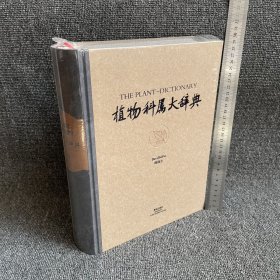
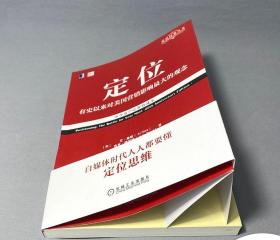
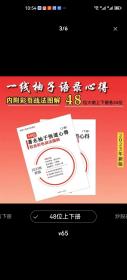
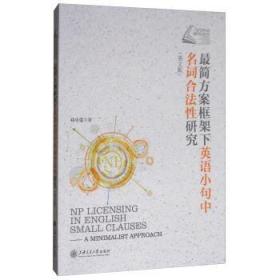
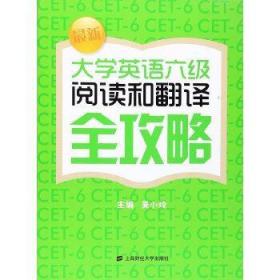
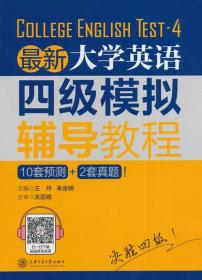

以下为对购买帮助不大的评价